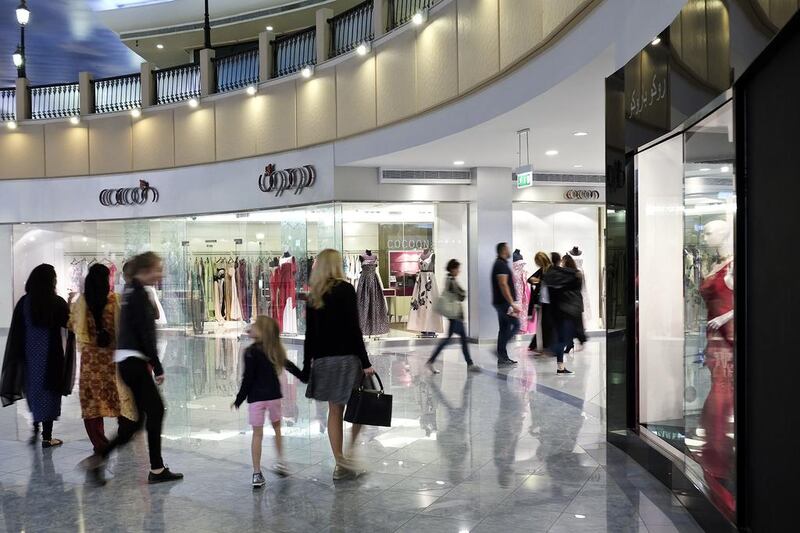Less than three months to go until VAT is introduced in the UAE and the sense is that most businesses remain woefully unprepared, and the effect on the wider economy remains unclear. The UAE government is anticipating significant – and much needed – revenues but who is likely to pay the economic cost of VAT?
The question of who bears the burden of VAT is a controversial one in countries that have mature tax systems. For example, does a cut in the rate of corporate income tax increase returns to owners of capital or providers of labour? Labour parties will say it increases returns to capital, capitalists will say it increases returns to labour. The truth, as is often the case, is likely to lie somewhere in between.
Economic theory suggests that the burden of VAT, being a consumption tax, will be suffered by consumers, and the evidence, although surprisingly patchy, does generally tend to support this view. VAT is certainly a regressive tax, in the sense that a greater proportion of the income of poorer households is eaten up by VAT, as poorer households tend to need to consume a greater proportion of their income than richer households, who tend to be in a position to save more.
The correlation is illustrated particularly strongly by the impact of VAT imposed on food. One particular study from September 2016, Incidence and Distributional Effects of Value Added Tax by Ingvil Gaarder of Chicago University – suggested that VAT on food is almost always borne by the consumer, whereas VAT on other items would not necessarily be passed on by the retailer. My guess is that the burger that cost me Dh50 on December 31 will cost me at least Dh52.5 on January 1.
The UAE could have “zero rated” (ie imposed VAT at the rate of 0 per cent rather than 5 per cent) certain basic foodstuffs to reduce the affect of VAT on poorer households but it chose not to. That is sensible from a design point of view: Jaffa Cakes, smoothie juices, burritos and Pringles have all been the subject of litigation in the UK as to whether they should be zero or standard rated for VAT purposes, a delight that the UAE courts won’t experience. But there is a significant knock-on economic effect, and it is unusual for a country to subject all food to the full rate of VAT.
Abu Dhabi Commercial Bank has estimated that the introduction of VAT will result in a one-off increase in inflation of 2.7 per cent to 3.7 per cent, but I expect a one-off increase in food inflation of at least 5 per cent. Advice to readers: do a big grocery shop on December 31.
__________
Read more:
'Don’t stress about VAT in the UAE - it’s not complicated at all'
Tax in the UAE: Everything you need to know about VAT and a little bit more
Are you liable for income tax while living in the UAE?
__________
The position on clothing is slightly different. Whether an Armani shirt that would have cost me Dh1,000 on December 31 will cost Dh1,050 on January 1 is unclear. From a marketing point of view, I could see retailers of high-value, and often high-margin, goods advertising and charging “VAT-free” prices at least in the early part of 2018, but there will inevitably be pressure on those businesses to maintain after-tax returns in the medium term.
A 5 per cent rate of VAT is relatively low, with a rate in the high teens or low twenties being more typical across the globe. This makes rises across the GCC in the next few years very probable, with the rate unlikely to stay at 5 per cent - it never does. But the affect of a tax of 5 per cent chargeable on the gross sales prices should not be ignored, even though many businesses still do not seem to have fully appreciated the potential impact.
As well as increasing consumer prices, the transition from no VAT to 5 per cent VAT could give rise to considerable commercial tensions. If I had an Armani shirt for every time over the last decade that I tried to put a VAT clause into a UAE contract and was told “duh, we don’t have VAT here”, I would be significantly more smartly dressed than I am. Well, I was right to try. Although regulations may change the position before January 1 2018, the starting point is that if an existing contract makes no reference to VAT, the price will be treated as inclusive of VAT. This means that in a business-to-business contract, where the recipient will typically be able to recover the VAT it is charged, the buyer will on January 1, receive a discount of 4.72 per cent (it’s slightly less than 5 per cent because you need to “net down” the contractual consideration).
In Saudi Arabia, regulations have been published to soften this approach, but unfortunately I am not sure there is a solution that works for all situations. We need to see the UAE’s drafting implementation regulations soon to make the introduction of VAT as smooth as possible.
Introducing value added tax is absolutely the right thing for the UAE to do to transition away from a petro-economy. All businesses need to work out their VAT strategy in October, and try to take a rational, engaged approach in relation to their suppliers and customers, to make commercial relationships continue to work relatively painlessly on January 1.
A failure to engage with the complex issues today will mean that a lot of tax lawyers will be kept in Armani shirts in 2018 and beyond.
Jeremy Cape is a tax lawyer at Squire Patton Boggs, which has offices in London, Dubai and Abu Dhabi. Follow him on Twitter @jeremydcape






